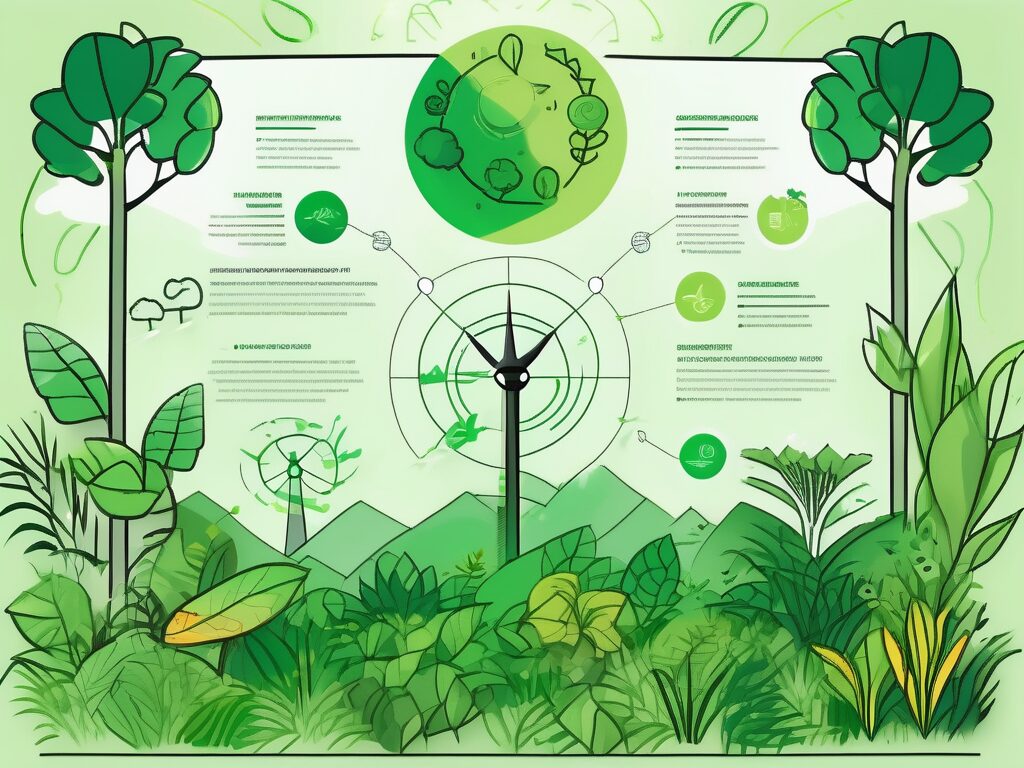html
Overcoming 5 Cultural Barriers in Singapore Education for Teachers
In the vibrant and multicultural landscape of Singapore, educators face unique challenges that stem from the diverse cultural backgrounds of their students. As teachers strive to create an inclusive and effective learning environment, understanding and overcoming cultural barriers becomes paramount. This blog post aims to explore five significant cultural barriers in Singapore’s education system and provide actionable insights for teachers to navigate these challenges successfully.
Understanding Cultural Diversity in Singapore
Singapore is renowned for its rich tapestry of cultures, with a population comprising Chinese, Malay, Indian, and various other ethnic groups. This diversity is reflected in the education system, where students bring different values, beliefs, and learning styles to the classroom. As a teacher, recognising and respecting these differences is crucial for fostering a positive learning environment.
1. Language Barriers: Bridging the Communication Gap
One of the most prominent cultural barriers in Singapore education is the language barrier. While English is the medium of instruction, many students may be more comfortable communicating in their mother tongues, such as Mandarin, Malay, or Tamil. This can lead to misunderstandings and hinder effective communication.
To overcome this barrier, teachers can:
- Encourage students to express themselves in their preferred language during discussions.
- Utilise visual aids and multimedia resources to enhance understanding.
- Incorporate bilingual materials to support language development.
By fostering an environment where students feel comfortable communicating in their preferred language, teachers can enhance engagement and participation.
2. Different Learning Styles: Adapting to Diverse Needs
Students from various cultural backgrounds often exhibit different learning styles. For instance, some may prefer collaborative learning, while others thrive in independent study. Recognising these differences is essential for effective teaching.
Teachers can adapt their instructional methods by:
- Incorporating a mix of teaching strategies, such as group work, hands-on activities, and individual assignments.
- Offering choices in assignments to cater to different learning preferences.
- Regularly seeking feedback from students to understand their learning needs better.
By embracing diverse learning styles, educators can create a more inclusive classroom that meets the needs of all students.
3. Cultural Norms and Values: Respecting Differences
Cultural norms and values play a significant role in shaping students’ behaviour and attitudes towards education. For example, some cultures may emphasise respect for authority, while others encourage open dialogue. Understanding these cultural nuances is vital for teachers to build rapport with their students.
To navigate this barrier, teachers should:
- Engage in cultural competency training to better understand their students’ backgrounds.
- Encourage open discussions about cultural differences in the classroom.
- Be mindful of cultural sensitivities when addressing topics that may be controversial.
By respecting and valuing cultural differences, teachers can foster a sense of belonging and trust among their students.
4. Parental Involvement: Bridging the Gap Between Home and School
Parental involvement is crucial for student success, yet cultural differences can impact how parents engage with the education system. In some cultures, parents may be less likely to participate in school activities or communicate with teachers due to various reasons, including language barriers or differing educational philosophies.
To encourage parental involvement, teachers can:
- Organise workshops and events that cater to diverse cultural backgrounds.
- Provide translated materials to ensure all parents can access important information.
- Establish regular communication channels, such as newsletters or social media groups, to keep parents informed and engaged.
By actively involving parents in the educational process, teachers can create a supportive network that benefits students’ learning experiences.
5. Stereotypes and Bias: Challenging Assumptions
Stereotypes and biases can create barriers to effective teaching and learning. Teachers may unconsciously hold preconceived notions about students based on their cultural backgrounds, which can affect their expectations and interactions.
To combat stereotypes and biases, educators should:
- Reflect on their own biases and seek professional development opportunities to address them.
- Promote a culture of inclusivity by celebrating diversity in the classroom.
- Encourage students to share their cultural experiences and perspectives.
By challenging assumptions and fostering an inclusive environment, teachers can help all students feel valued and respected.
Conclusion
Overcoming cultural barriers in Singapore’s education system is essential for creating an inclusive and effective learning environment. By addressing language barriers, adapting to diverse learning styles, respecting cultural norms, encouraging parental involvement, and challenging stereotypes, teachers can enhance their students’ educational experiences.
As we strive for a more inclusive education system in Malaysia, the role of qualified and well-trained educators becomes increasingly crucial. Empower Your Teaching Career with IPGCE
IPGCE is dedicated to supporting teachers in their professional journey, offering the International Postgraduate Certificate in Education (iPGCE) to enhance qualifications and open doors to international teaching opportunities. With our program, you can expect a significant increase in interview callbacks, promotion rates, and salary. Plus, you’ll join a global network of educators, gain a deeper understanding of international curricula, and enjoy the flexibility of online study. Don’t let inadequate credentials or isolation hold you back. Join the UK’s #1 Teacher Training Course today and take a decisive step towards a fulfilling career in inclusive education.
For more insights on enhancing your teaching skills, check out our articles on Cultural Competency in Teaching and Engaging Parents in Education.

